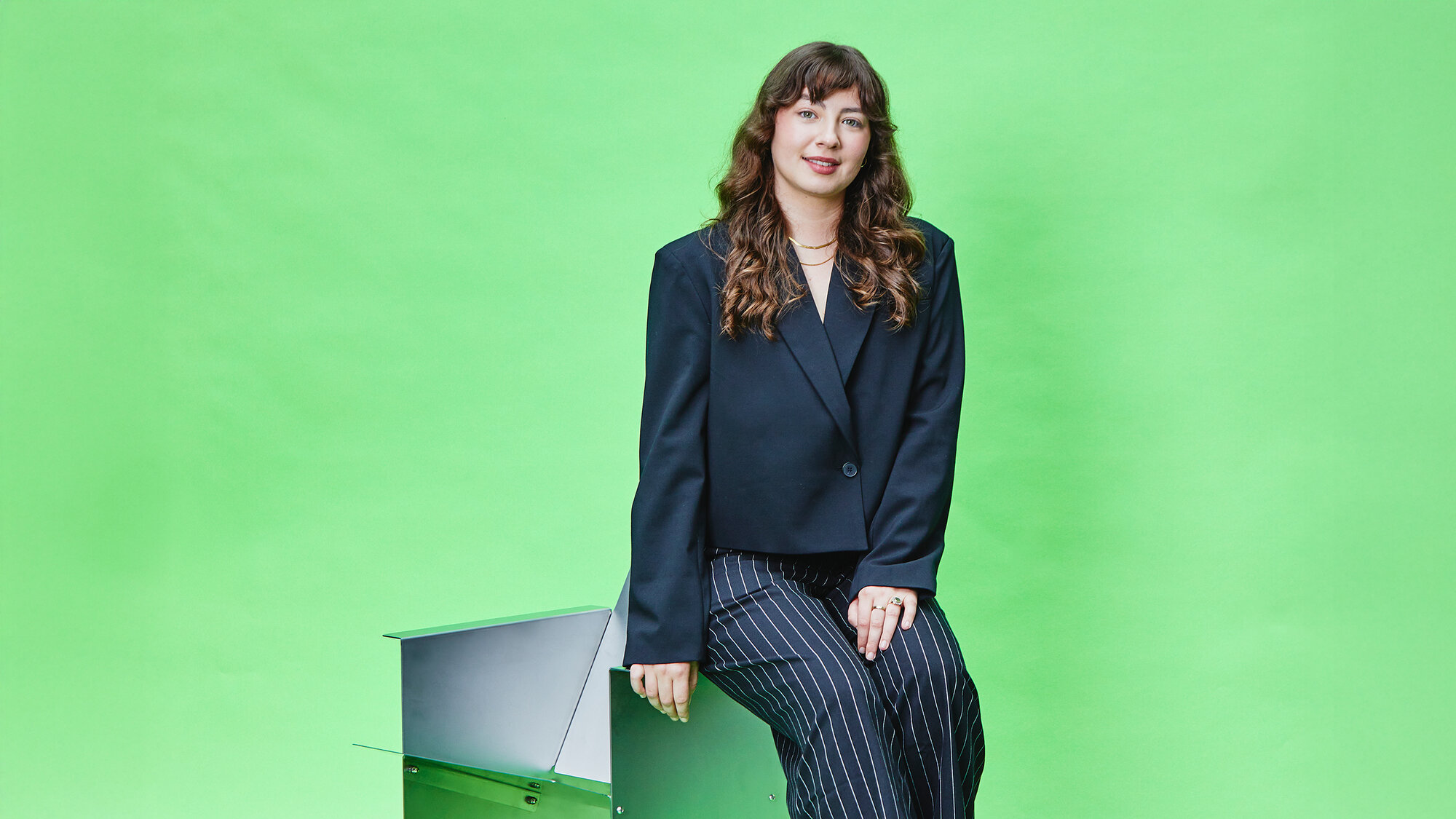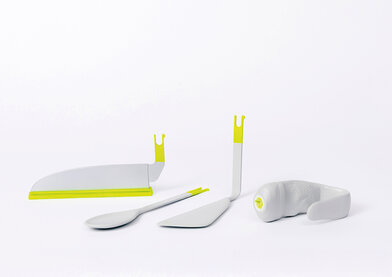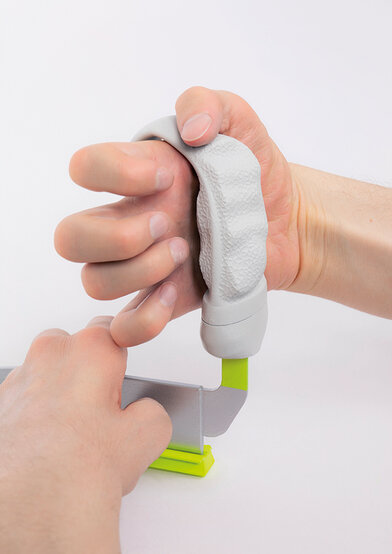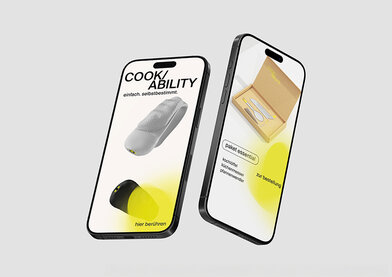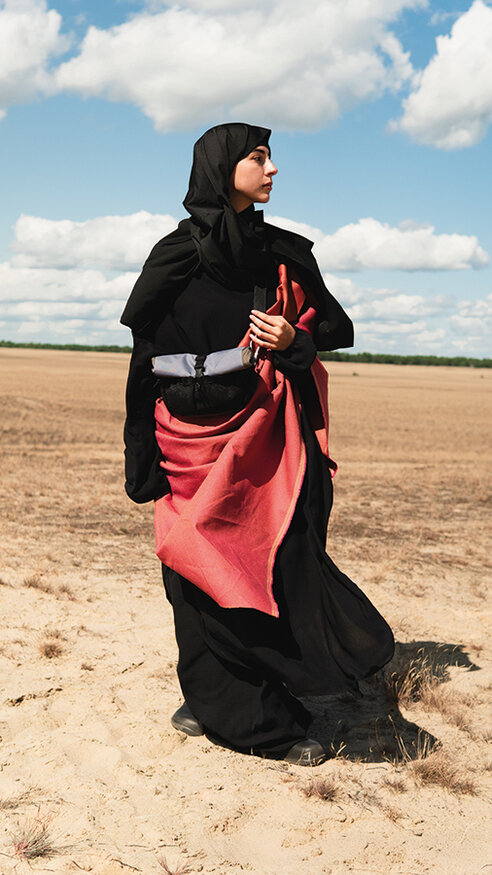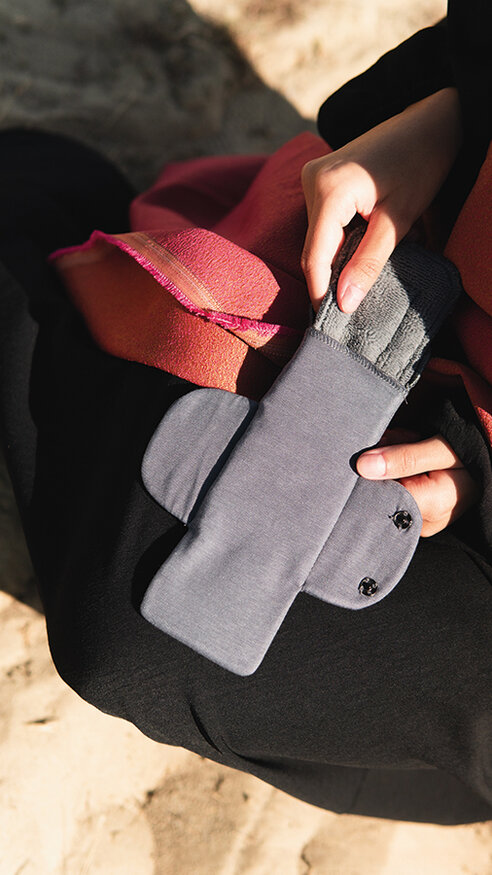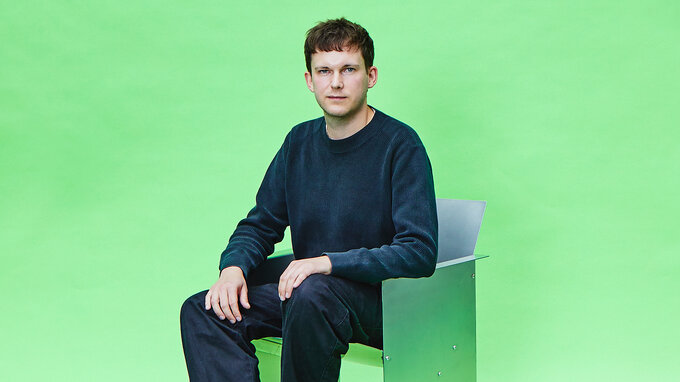Marie Kurstjens

Design at eye level – Interview with Marie Kurstjens
Marie Kurstjens von der Universität der Künste Berlin versteht Design als kollaborativen Prozess, um soziale und humanitäre Herausforderungen zu bewältigen. In ihren Projekten COOK/ABILITY und Designing Dignity verbindet sie Empathie mit Funktionalität und gestaltet Lösungen, die auf Gemeinschaft und Würde setzen. Dafür wurde sie von der Jury des German Design Award 2026 zur Finalistin unter den Newcomern nominiert. Im Interview spricht sie darüber, was passiert, wenn Design nicht für Menschen entsteht – sondern gemeinsam mit ihnen.
Marie, how do you allow design to emerge within a collective process?
For me, design is a collective process. At the beginning of every project, I therefore ask myself the following questions: Who could be the stakeholders involved? Whose knowledge is crucial – and which experts can we work with to develop solutions? Only when the focus is on real-life situations can design be relevant, culturally sensitive and empowering. On this basis, I begin to build a network. Participation and trust play an important role here.
What does participation mean to you in the context of social design?
In my view, participation is at the heart of social design. It is about developing projects that follow the principle of ‘made for the people, by the people’ – in other words, seeing individuals as co-creators. For me, participation is not an accessory, but an attitude: it means relinquishing responsibility, listening and creating space for other voices. Especially in sensitive contexts – such as menstrual justice in the context of refugees – participation is a prerequisite for a sustainable and dignified design approach. Design thus becomes a tool for social justice and self-determination.
How does interaction with a community influence your design work?
My work could be compared to translation. As a designer, I transcribe the needs of a group into tangible products or systems. The direction a project takes and the functions it must fulfill depend heavily on the experiences and needs of the community I am working with. Ultimately, however, it is the aesthetics of a product or system that determine whether it will be socially accepted and actually used. This is where I draw on my expertise.
Translated with DeepL.com (free version)
How does cultural diversity shape your understanding of inclusion in design?
It is important to me not to design exclusively from a Western perspective, but to understand what makes functional and emotional sense in a particular context. In doing so, I question my own privileges and blind spots. In my project Designing Dignity, I learned that every culture has its own ideas about the body, intimacy and community – for example, in dealing with menstruation, which shows how strongly cultural influences shape our behaviour and language. In Cook/Ability, a project with people with quadriplegia, I also became aware of how different life realities and access to resources can be. Cultural perspectives broaden my view: they challenge me to question the familiar and remind me that inclusion means allowing diversity to exist on an equal footing. For me, design is therefore also a form of translation – between cultures, needs and feelings.
What needs to change for social design to become an integral part of design practice?
There needs to be an understanding of what design can achieve in the social sphere – and how much change it can bring about. Design is still often understood as an aesthetic or market-oriented discipline, yet it can reveal structures, change social realities and promote self-determination. Social design should not be a special case, but a natural part of our practice. To achieve this, education, research and business must think more interdisciplinarily – in dialogue with the social sciences, activism and politics. Design must not only solve problems, but must also learn to ask questions: critically, empathetically and together with the people who are affected. If this succeeds, social design will become the core of our responsibility as designers.

